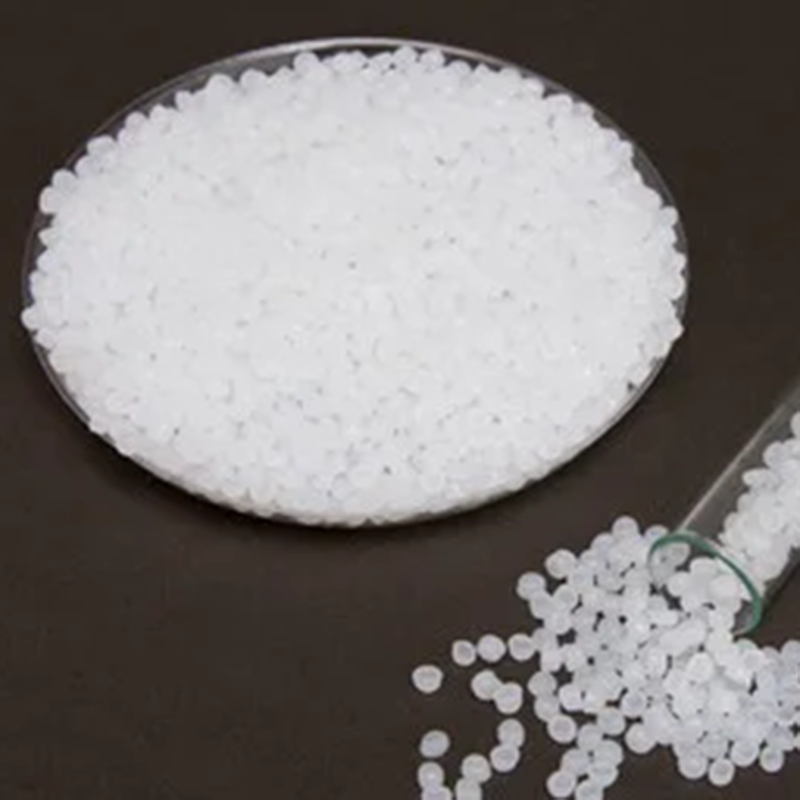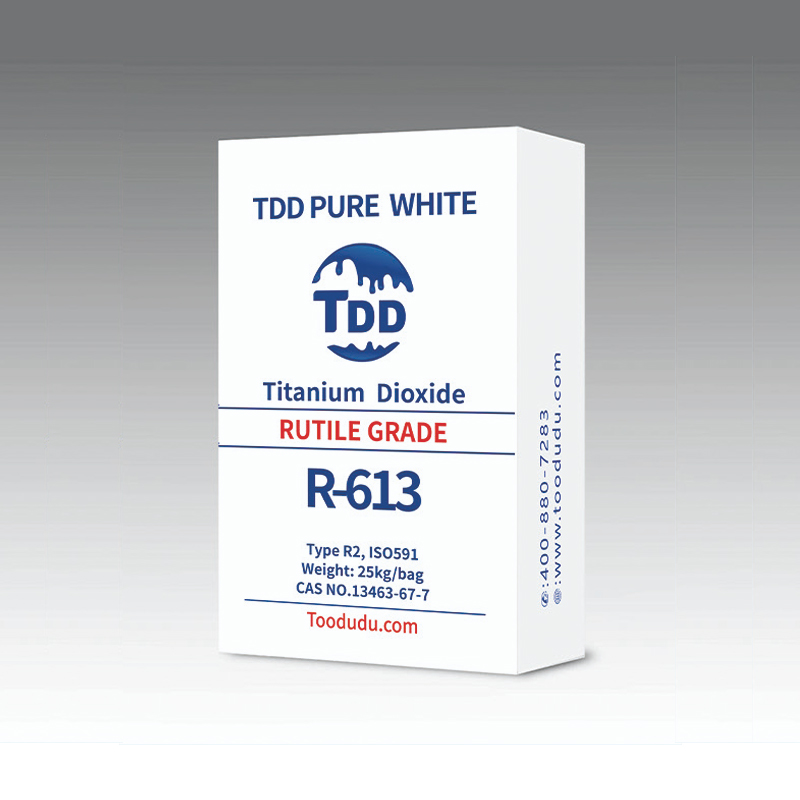Epoxy resin
Epoxy resin is a high molecular polymer with the molecular formula (C 11 H 12 O 3 ) n . It refers to a class of polymers containing more than two epoxy groups in the molecule. It is the condensation product of epichlorohydrin and bisphenol A or polyol . Due to the chemical activity of the epoxy group , a variety of compounds containing active hydrogen can be used to open the ring and solidify and cross-link to form a network structure , so it is a thermosetting resin . Bisphenol A-type epoxy resin not only has the largest output and the most complete varieties, but also new modified varieties are still increasing, and the quality is constantly improving.

Physical and chemical properties
material properties
Epoxy resin has secondary hydroxyl groups and epoxy groups , and the secondary hydroxyl groups can react with isocyanates . Epoxy resin is directly added as a polyol to the hydroxyl-containing component of the polyurethane adhesive . Using this method, only the hydroxyl group participates in the reaction, and the epoxy group fails to react.
Use the carboxyl group of the acidic resin to open the epoxy ring, and then react with the isocyanate in the polyurethane adhesive . Epoxy resin can also be dissolved in ethyl acetate , phosphoric acid is added for heating reaction, and its adduct is added to the polyurethane adhesive, which can improve the initial tack, heat resistance , and hydrolysis stability of the adhesive. Alcoholamines or amines can also be used to react to generate polyols. The presence of tertiary nitrogen atoms in the adduct can accelerate the NCO reaction.
Using epoxy resin as the polyhydroxy component combines the advantages of polyurethane and epoxy resin, and has better bonding strength and chemical resistance. Epoxy resins used in manufacturing polyurethane adhesives generally use EP-12 and EP-13. , EP-16 and EP-20 and other varieties.
Modification method
1. Choose a hardener ;
2. Add reactive diluent ;
3. Add fillers ;
4. Add specialty thermosetting or thermoplastic resins ;
5. Modify the epoxy resin itself.
Application areas
Introduction to the preface
Epoxy resin’s excellent physical, mechanical and electrical insulation properties , bonding properties with various materials, and flexibility in its use process are not available in other thermosetting plastics . Therefore, it can be made into coatings, composite materials, casting materials , adhesives, molding materials and injection molding materials, and is widely used in various fields of the national economy .
Coating use
Epoxy resin accounts for a large proportion of applications in coatings, and it can be made into varieties with different characteristics and uses. Their common features:
1. Excellent chemical resistance , especially alkali resistance.
2. The paint film has strong adhesion , especially to metal.
3. Has good heat resistance and electrical insulation.
4. The paint film has good color retention .
However, bisphenol A-type epoxy resin coatings have poor weather resistance . The paint film is easily powdered and loses its luster and lacks fullness when outdoors. It is not suitable for outdoor coatings and highly decorative coatings. Therefore, epoxy resin coatings are mainly used as anti-corrosion paint, metal primer , and insulating paint , but coatings made of heterocyclic and alicyclic epoxy resins can be used outdoors.
Adhesive use
In addition to poor adhesion to non-polar plastics such as polyolefins , epoxy resin also has good adhesion to various metal materials such as aluminum, iron, and copper; non-metallic materials such as glass, wood, concrete, etc.; and thermosetting plastics such as phenolics and amino acids. , unsaturated polyester, etc. all have excellent bonding properties, so they are called universal glue . Epoxy adhesives are an important variety of structural adhesives .
Basic classification
Classification criteria
The classification of epoxy resin has not yet been unified. It is generally classified according to strength, heat resistance level and characteristics. There are 16 main varieties of epoxy resin, including general glue, structural glue , high temperature resistant glue , low temperature resistant glue , and water and wet surface use. 16 types of adhesives , conductive adhesives , optical adhesives , spot welding adhesives, epoxy resin films, foam adhesives , strain adhesives, soft material adhesives, sealants , special adhesives , latent curing adhesives, and civil construction adhesives.
several classifications
There are several ways to classify epoxy resin adhesives in the industry:
1. According to its main components, it is divided into pure epoxy resin adhesive and modified epoxy resin adhesive;
2. According to their professional uses, they are divided into mechanical epoxy resin adhesives, construction epoxy resin adhesives, electronic epoxy resin adhesives, repair epoxy resin adhesives, traffic glues, and shipbuilding glues. wait;
3. According to its construction conditions, it is divided into normal temperature curing glue, low temperature curing glue and other curing glue;
4. According to its packaging form, it can be divided into single-component glue, two-component glue and multi-component glue;
There are other classification methods, such as solvent-free glue, solvent-based glue and water-based glue. However, component classification is widely used.

 2024-03-10
2024-03-10 



